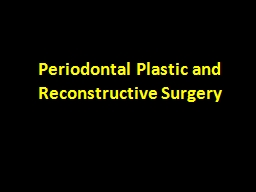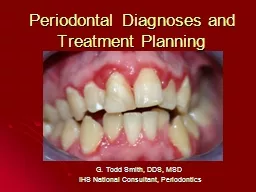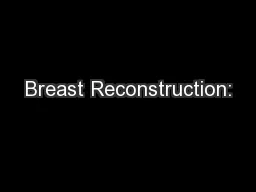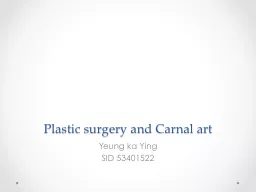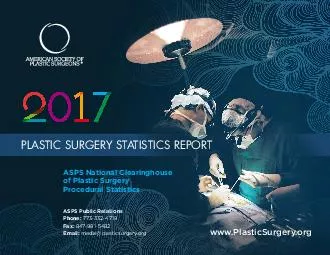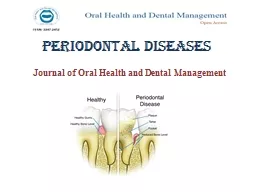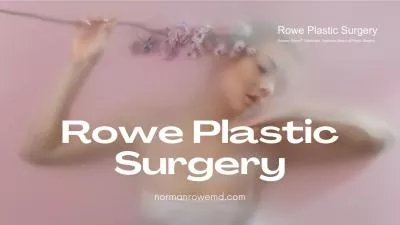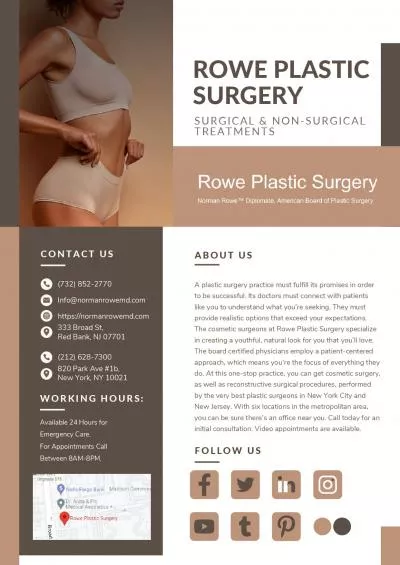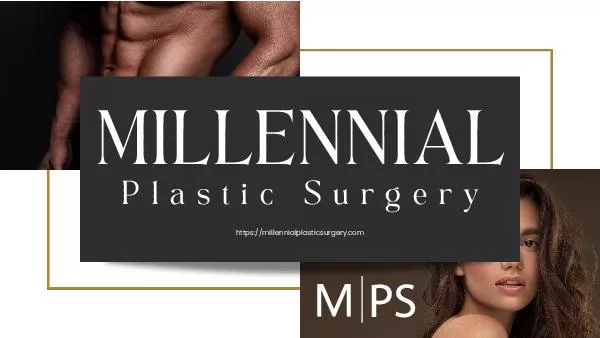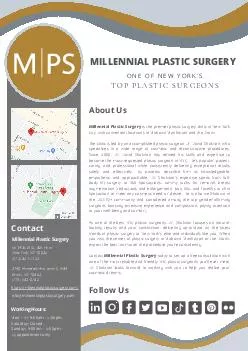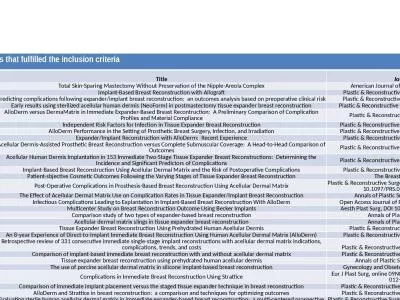PPT-Periodontal Plastic and Reconstructive Surgery
Author : linda | Published Date : 2023-07-14
INTRODUCTION Surgical procedures for soft tissue management are designed to preserve gingiva remove aberrant frenulum or muscle attachments and increase the depth
Presentation Embed Code
Download Presentation
Download Presentation The PPT/PDF document "Periodontal Plastic and Reconstructive S..." is the property of its rightful owner. Permission is granted to download and print the materials on this website for personal, non-commercial use only, and to display it on your personal computer provided you do not modify the materials and that you retain all copyright notices contained in the materials. By downloading content from our website, you accept the terms of this agreement.
Periodontal Plastic and Reconstructive Surgery: Transcript
Download Rules Of Document
"Periodontal Plastic and Reconstructive Surgery"The content belongs to its owner. You may download and print it for personal use, without modification, and keep all copyright notices. By downloading, you agree to these terms.
Related Documents

